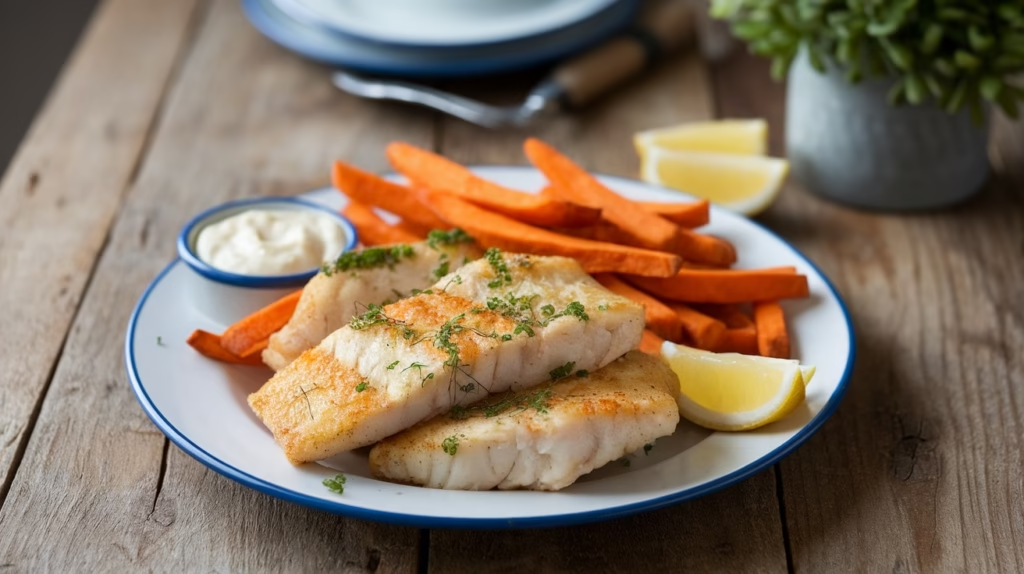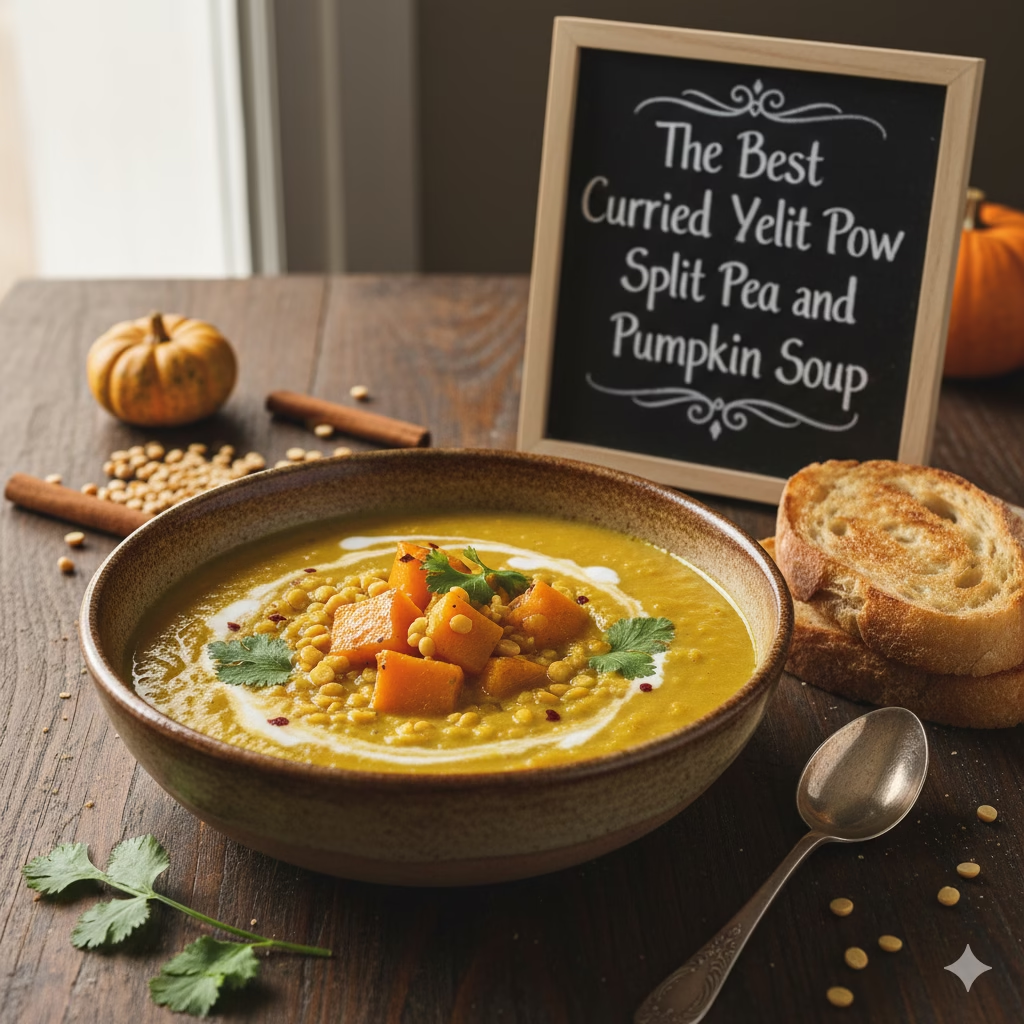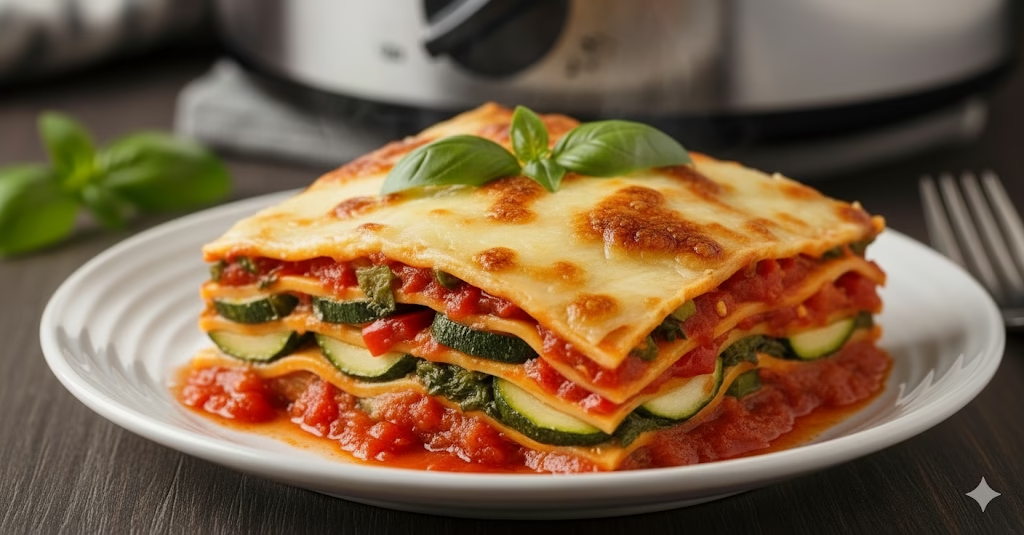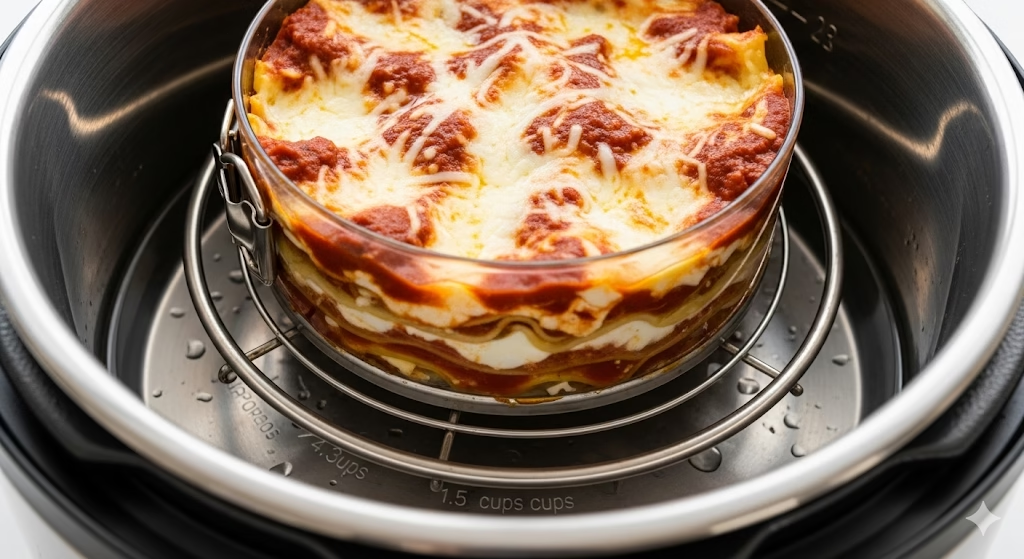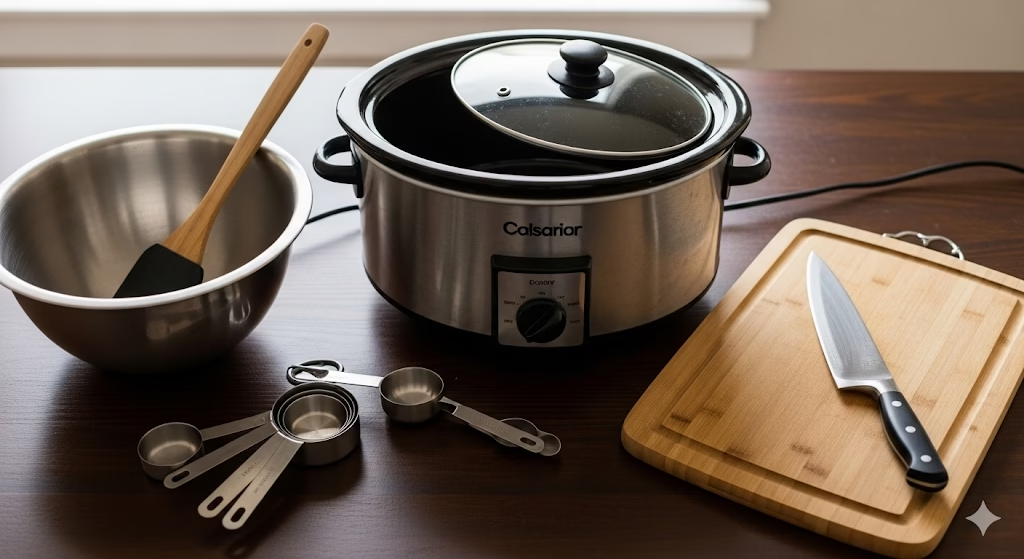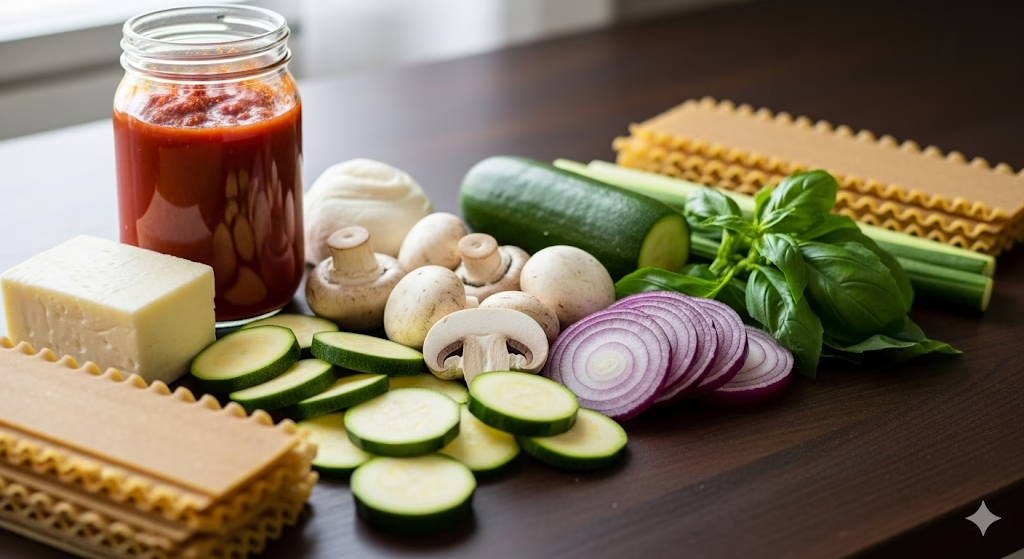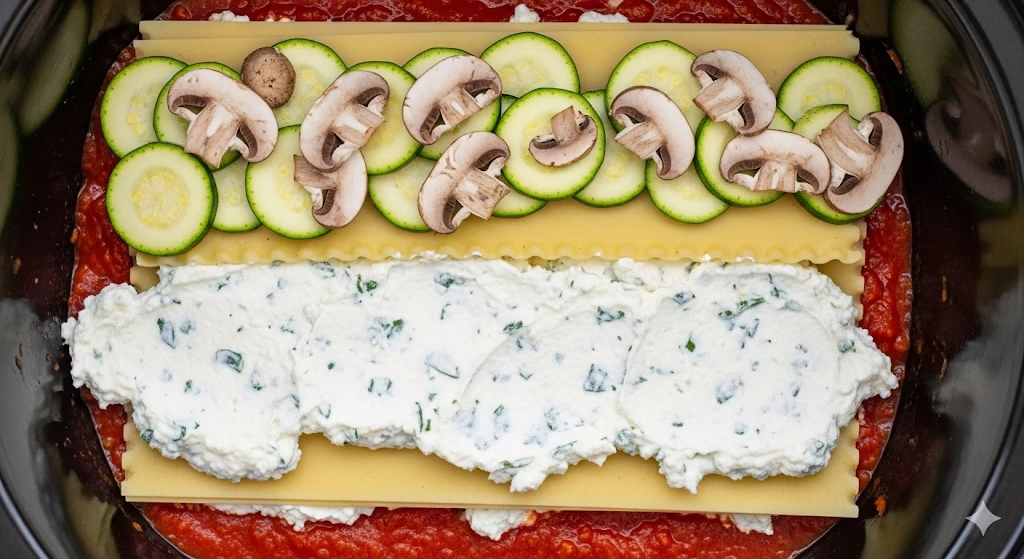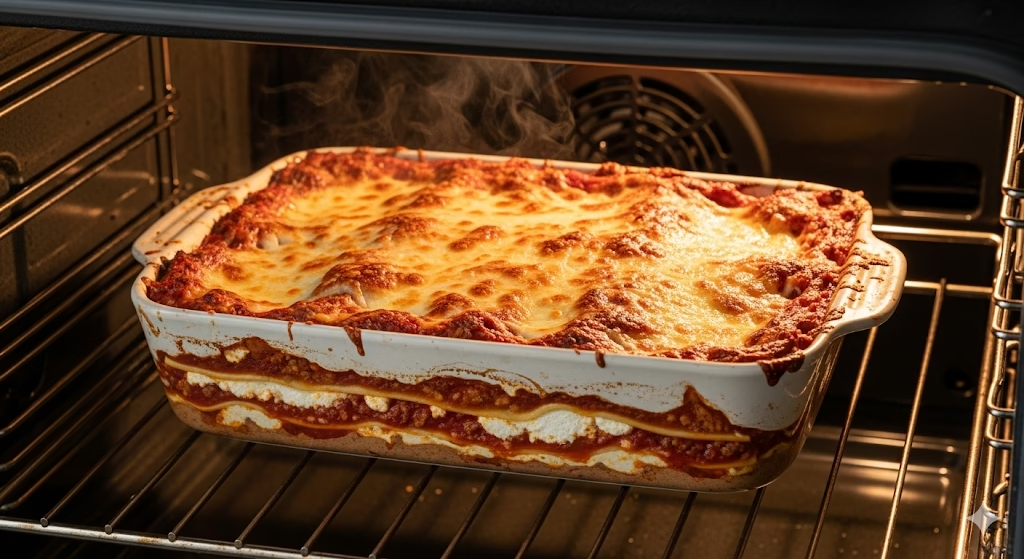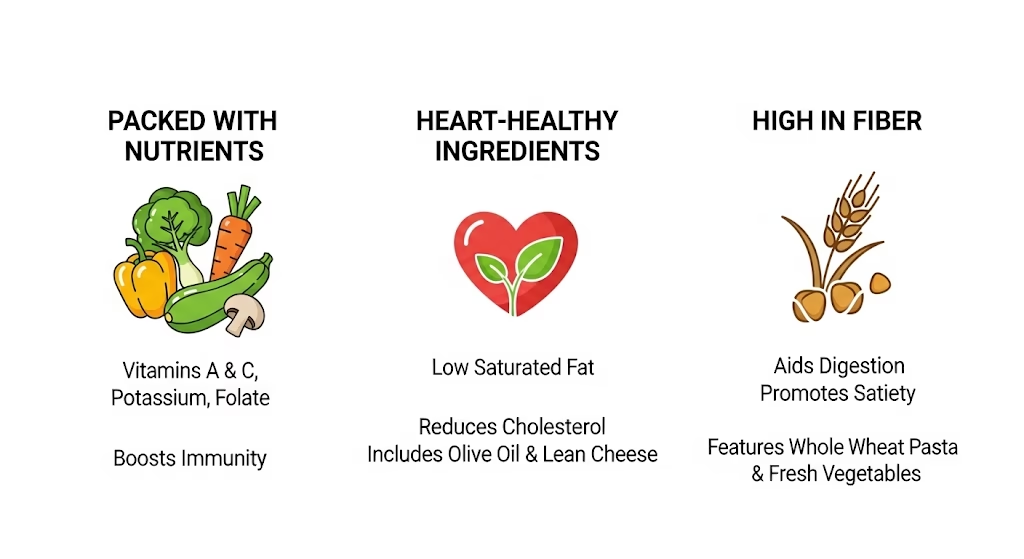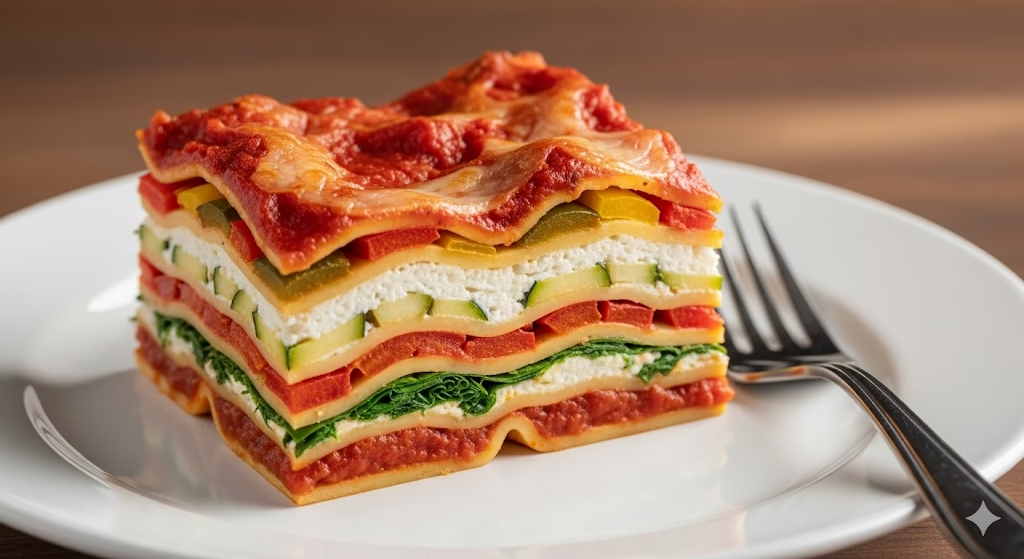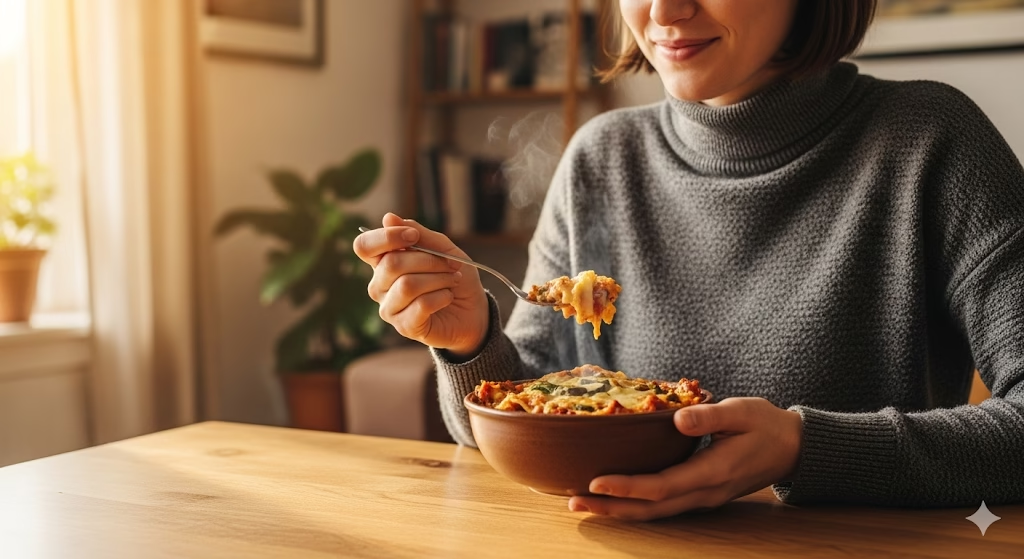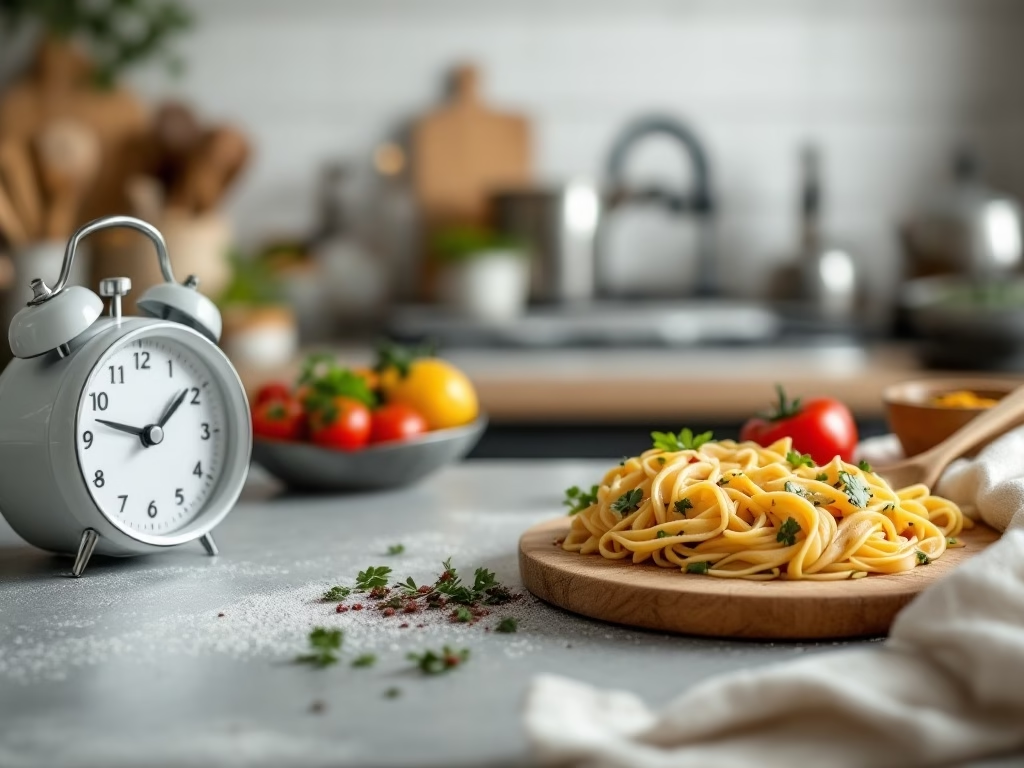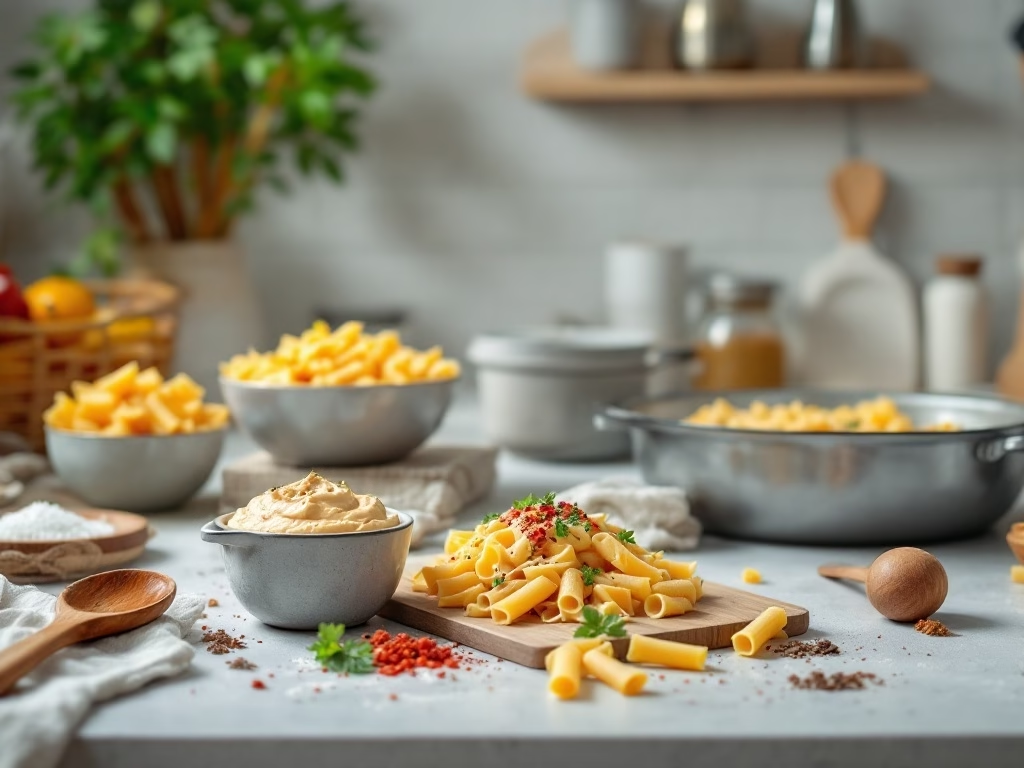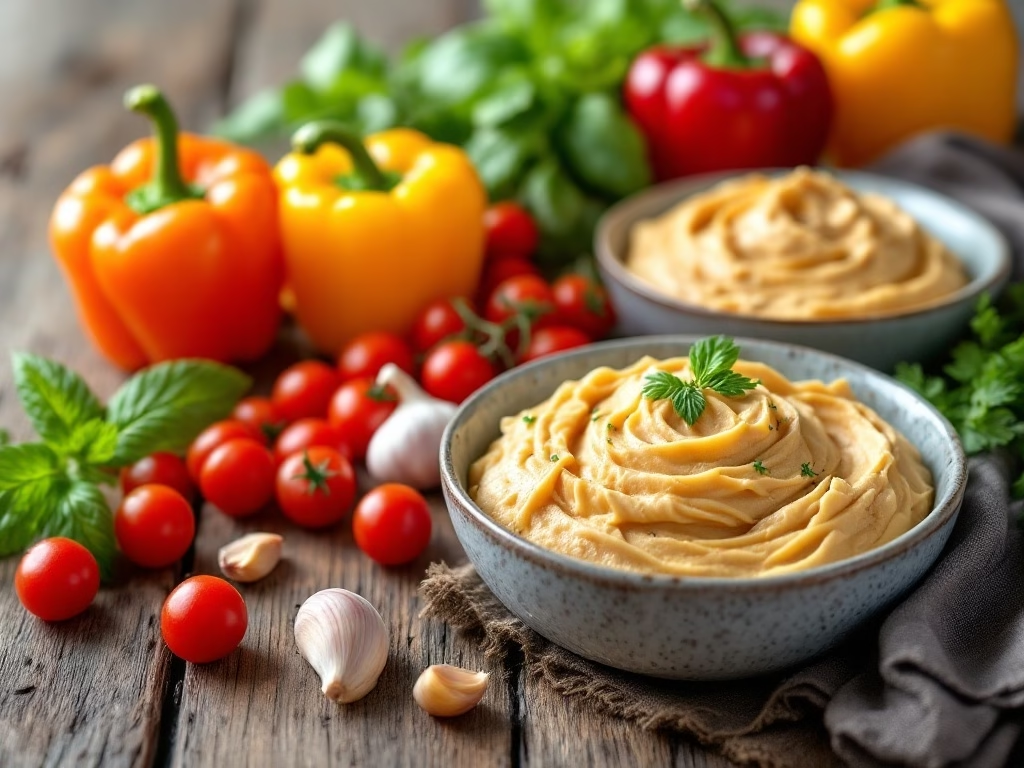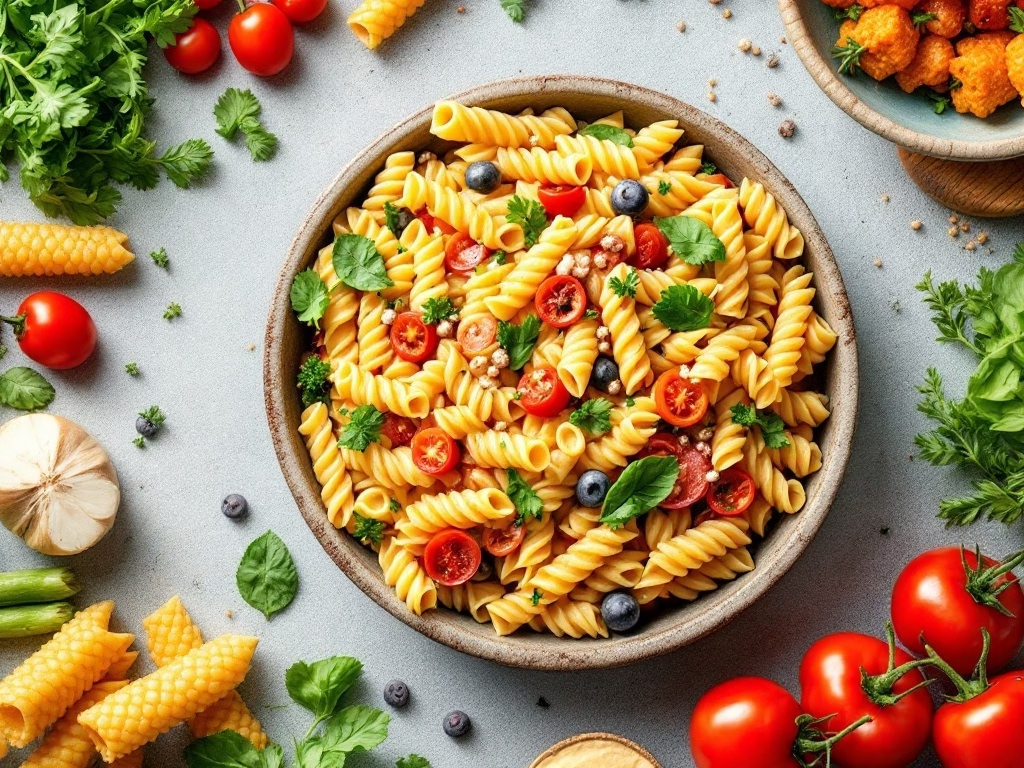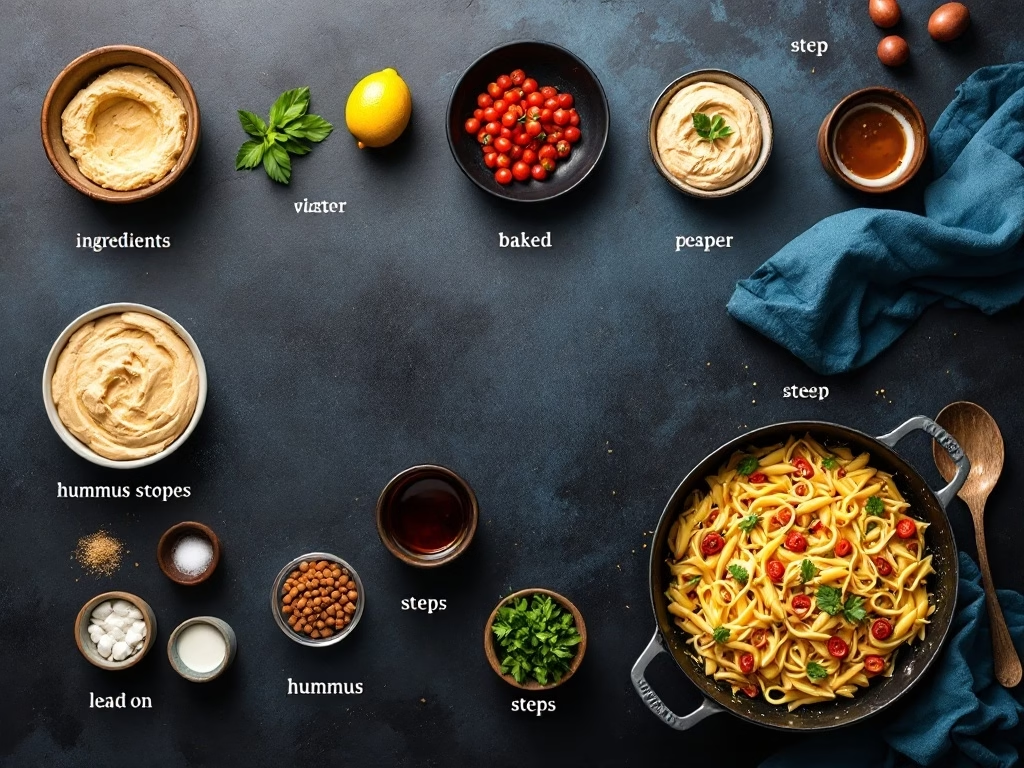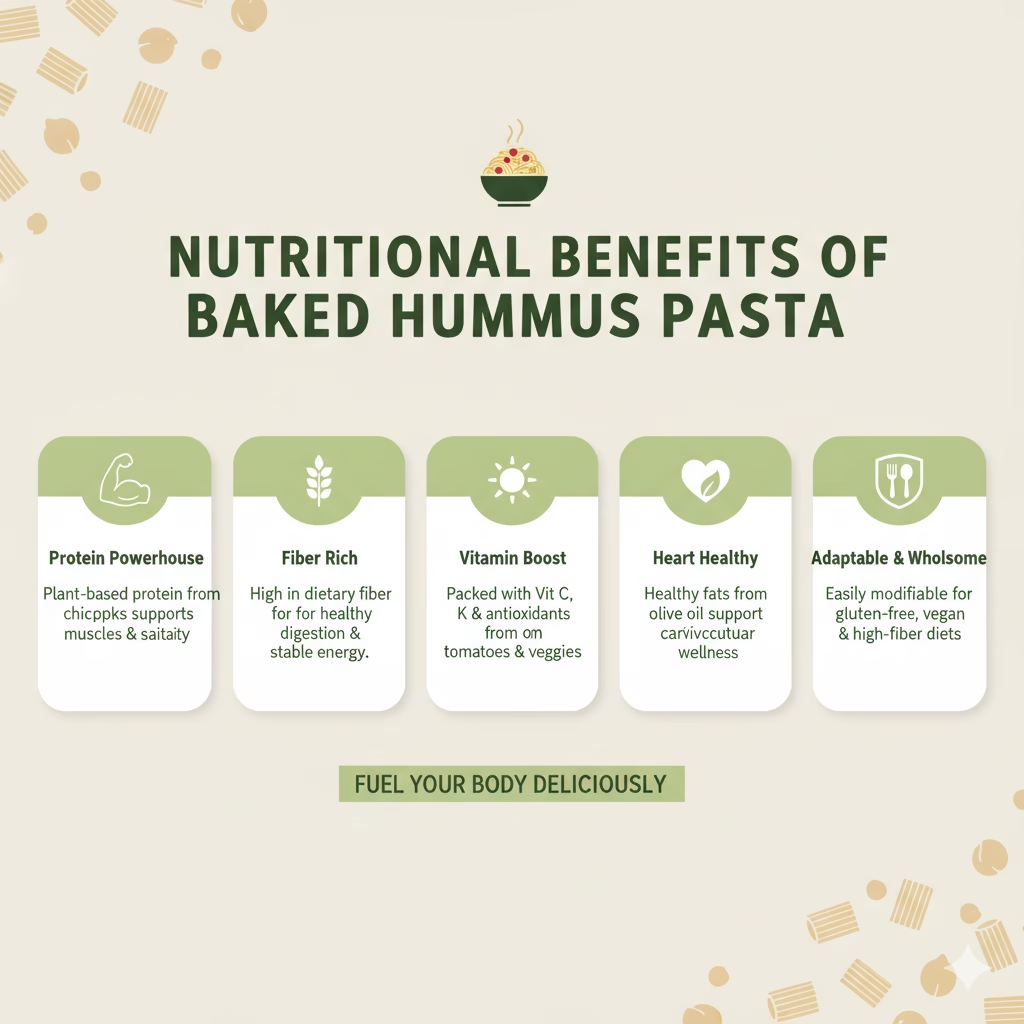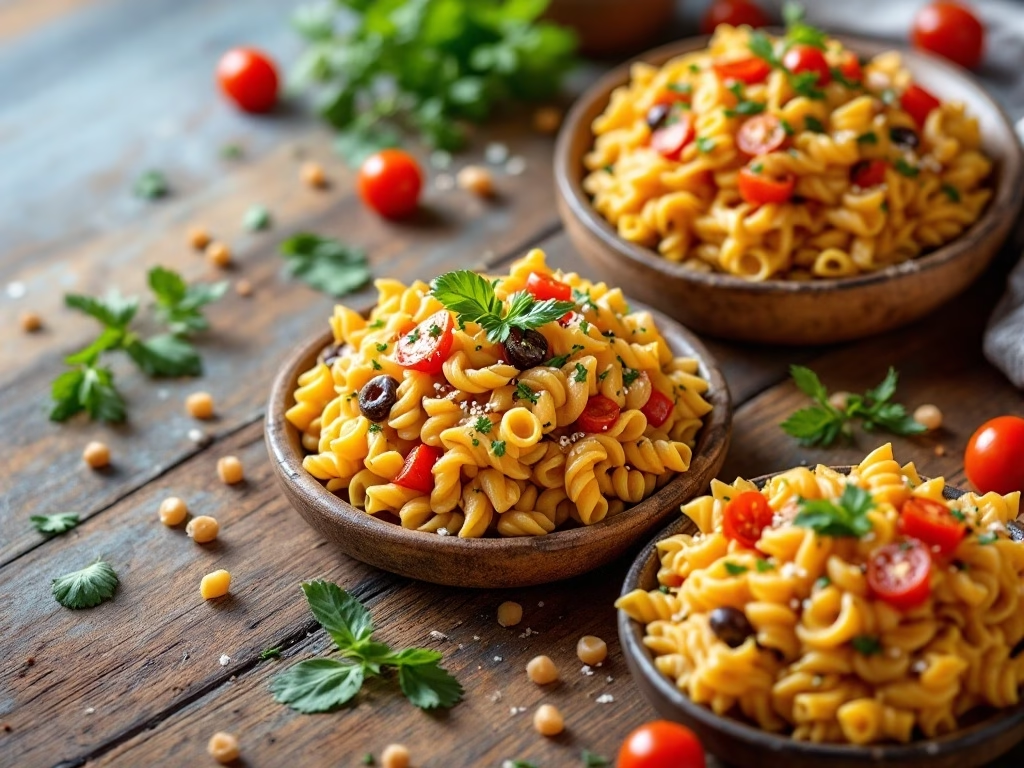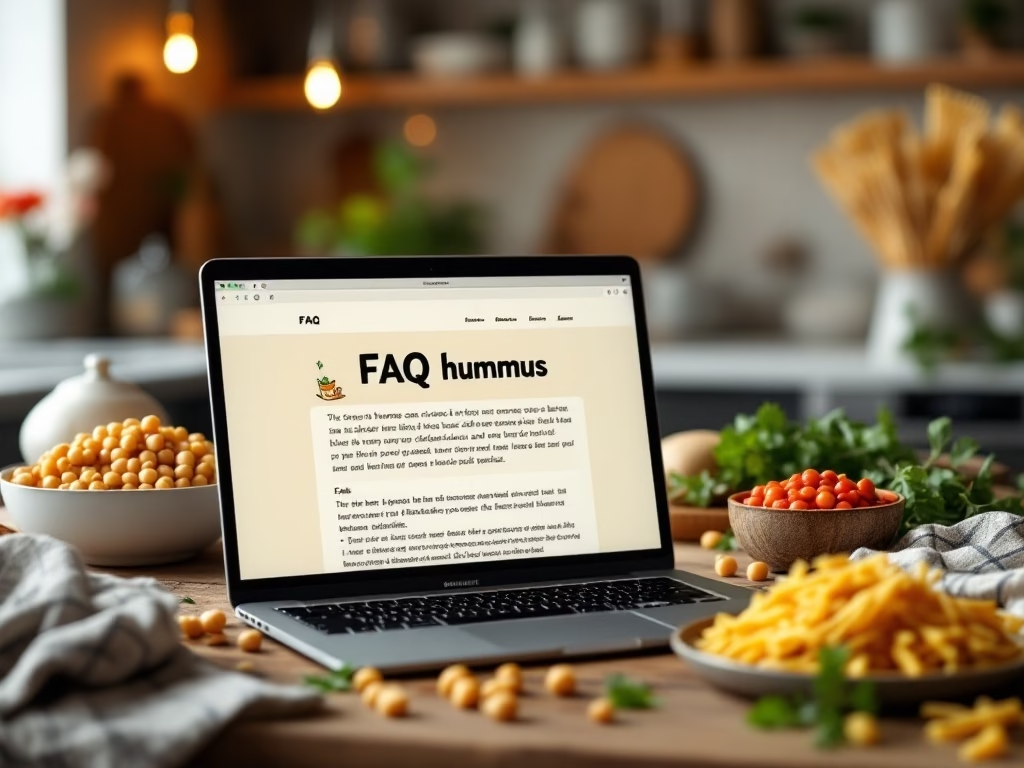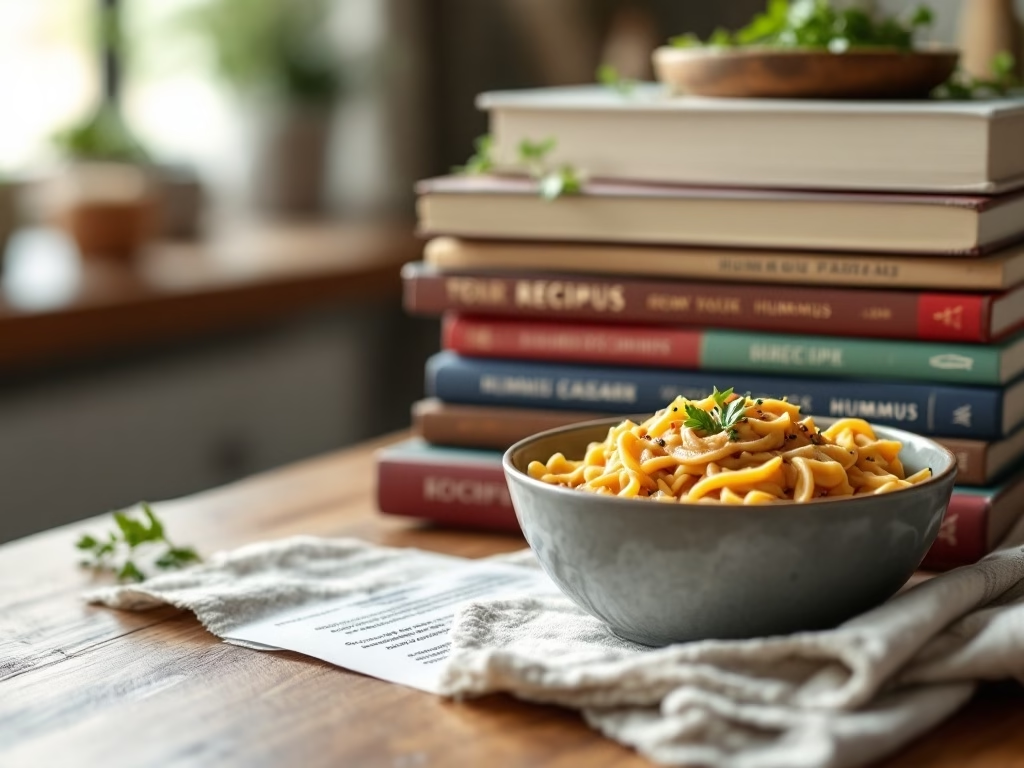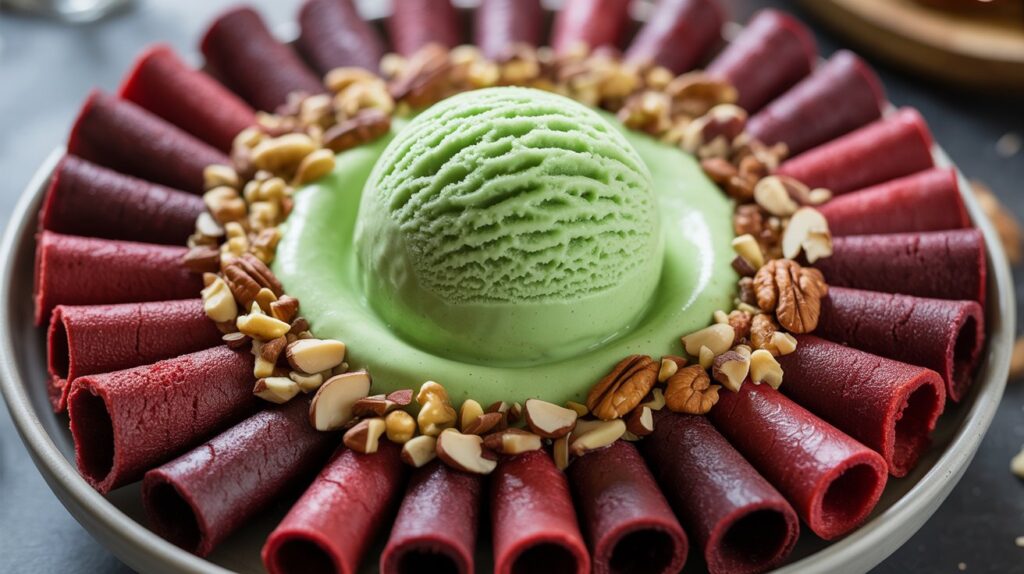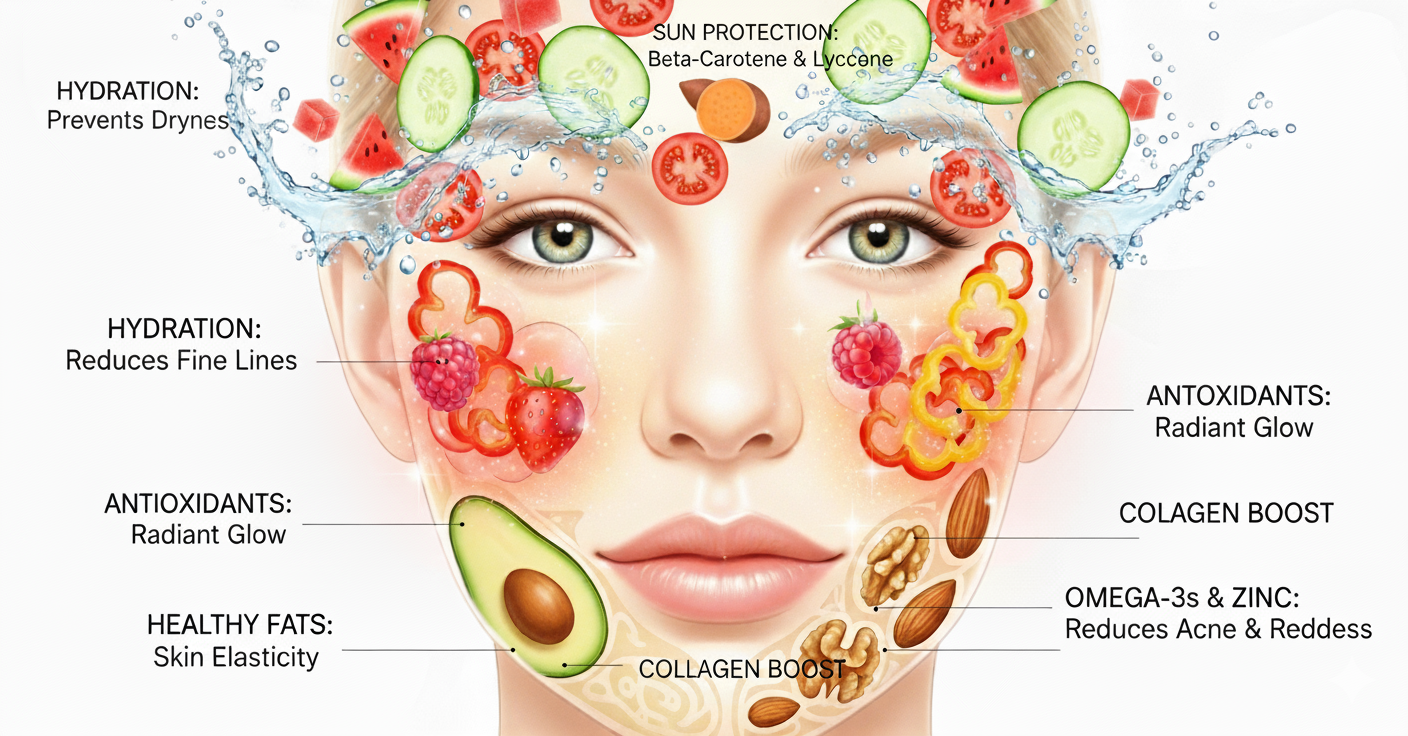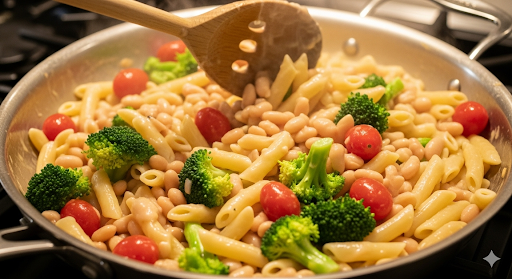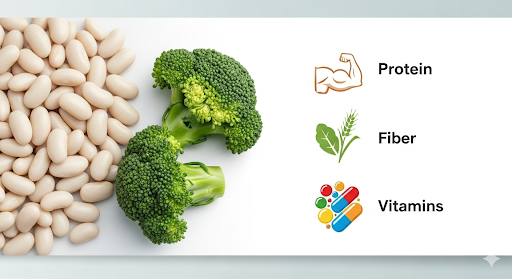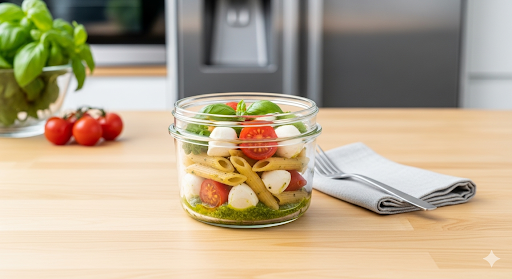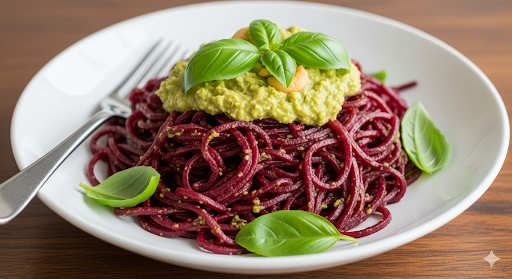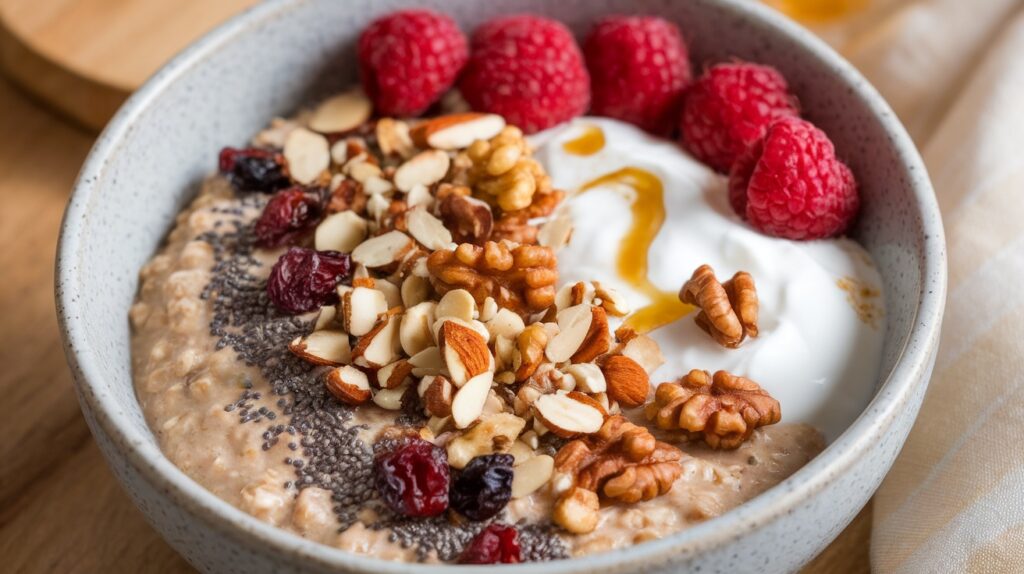This simple hot chili tuna spaghetti is a quick and flavorful dish that combines the richness of tuna with the heat of chili. Perfect for busy weeknights, this recipe is easy to prepare and satisfying. The dish features canned chili tuna, which adds a spicy kick, making it a delightful option for those who enjoy bold flavors.
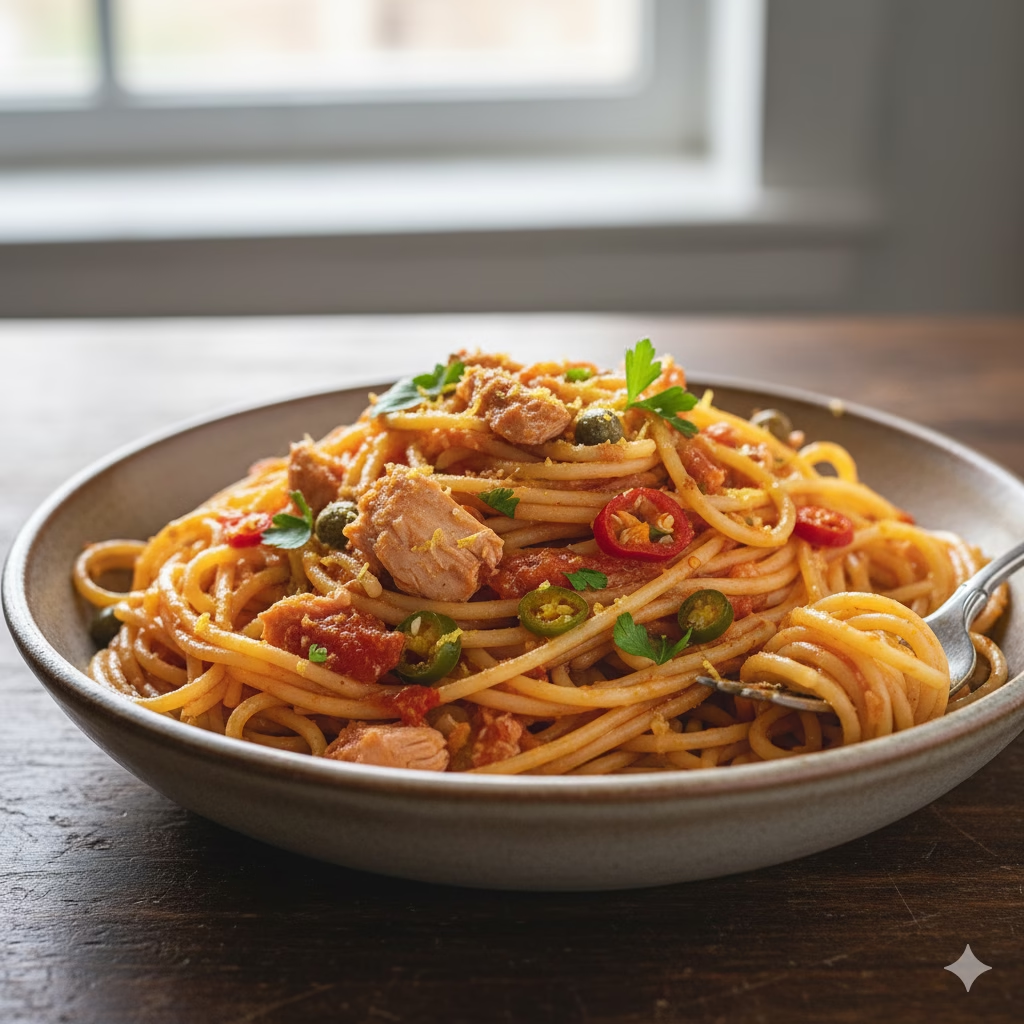
Quick and Flavorful Chili Tuna Spaghetti Recipe
Spaghetti with chili tuna, garnished with parsley and Parmesan cheese on a rustic table.
This recipe for hot chili tuna spaghetti takes about 20 minutes from start to finish and serves 2 people. It’s a great way to enjoy a pasta dish with a spicy twist, perfect for a quick lunch or dinner.
Ingredients That Shine
The simplicity of this recipe is one of its greatest strengths. With just a handful of ingredients, you can create a vibrant plate of spaghetti that bursts with flavor. The key components include spaghetti, canned chili tuna, and fresh parsley, all of which work together to create a memorable dish.
- 200g spaghetti
- 1 can of chili tuna in oil
- 2 tablespoons olive oil
- 2 cloves garlic, minced
- 1/2 teaspoon red pepper flakes (optional)
- Salt and pepper to taste
- Fresh parsley, chopped for garnish
- Grated Parmesan cheese for serving (optional)
Cook and Prep Times for Chili Tuna Sphagetti
| Time Type | Duration |
| Prep Time | 5 minutes |
| Cook Time | 15 minutes |
| Total Time | 20 minutes |
Preparation Made Easy: Step-by-Step Instructions
Getting this meal on the table is straightforward and quick. This method ensures that every strand of pasta is coated in the spicy goodness of the chili tuna.
- Cook the Spaghetti: In a large pot of boiling salted water, cook the spaghetti according to package instructions until al dente. Drain and set aside.
- Sauté Garlic: In a large skillet, heat olive oil over medium heat. Add minced garlic and red pepper flakes, sautéing until fragrant (about 1 minute).
- Add Tuna: Stir in the can of chili tuna, including the oil, and cook for 2–3 minutes until heated through, letting the aroma fill your kitchen.
- Combine: Add the cooked spaghetti to the skillet, tossing to combine with the tuna mixture. Season with salt and pepper to taste.
- Serve: Plate the spaghetti and garnish with chopped parsley and grated Parmesan cheese if desired. Serve hot.
Serving Suggestions and Nutritional Benefits for Chilli Tuna Sphagehetti
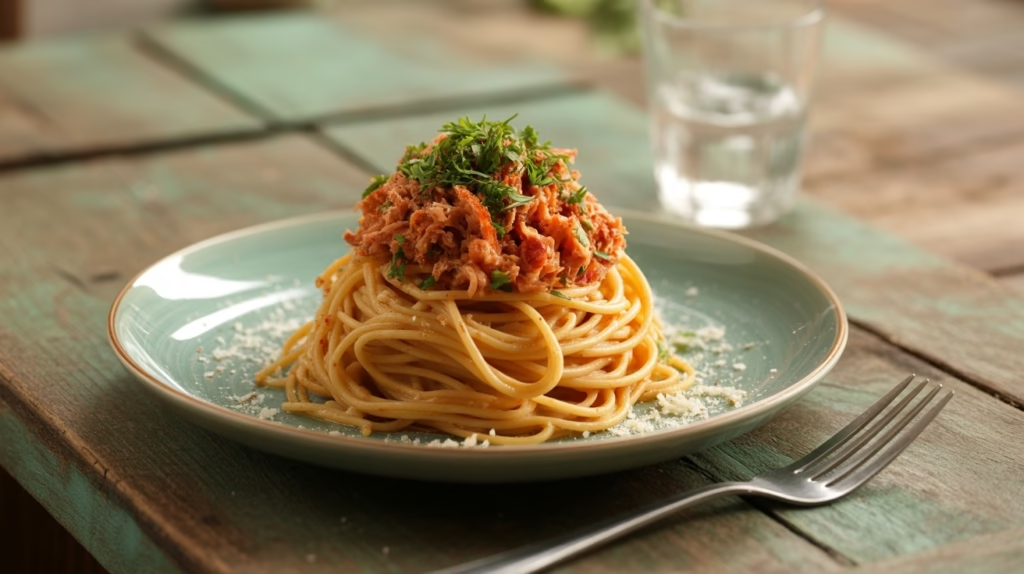
Serving Suggestions
This spaghetti dish is perfect for a casual lunch or a cozy dinner. The rustic wooden table setting adds to the inviting atmosphere, making it a delightful meal to share with friends or family. Pair it with a glass of water or your favorite beverage to complement the bold flavors.
Nutritional Benefits for Chili Tuna
This chili tuna spaghetti not only satisfies the taste buds but also provides a balanced meal. With approximately 450 calories per serving, it offers a good mix of protein and carbohydrates. The inclusion of tuna contributes healthy fats and essential nutrients, making it a wholesome choice for any day of the week.
| Nutritional Component | Value |
| Servings | 2 plates |
| Calories | 450 kcal |
| Fat | 18g |
| Protein | 25g |
| Carbohydrates | 50g |
Garnishing for Appeal
Presentation plays a vital role in making a dish inviting. After plating the spaghetti, a sprinkle of fresh parsley adds a pop of color and freshness. For those who enjoy a bit of richness, a dusting of grated Parmesan cheese can elevate the dish even further.
Final Thoughts on Chili Tuna
This Chili Tuna Spaghetti is the ultimate solution for a delicious meal when time is short. It perfectly balances the speed of a convenience meal with the fresh, satisfying flavor of homemade pasta. The spicy kick from the chili tuna transforms simple spaghetti into a vibrant and memorable dish. It proves that you don’t need a pantry full of complex ingredients or hours of cooking time to create something truly satisfying. Keep a can of chili tuna handy, and you’ll always be just 20 minutes away from a hot, flavorful plate of comfort.
Frequently Asked Questions (FAQ)
Q: Can I use regular tuna instead of chili tuna?
A: Yes, you absolutely can! If you use regular tuna in oil or water, you’ll need to increase the heat. We suggest adding an extra full teaspoon of red pepper flakes and a small pinch of cayenne pepper, or a dash of your favorite hot sauce, to the garlic and oil mixture to maintain that spicy kick.
Q: What kind of spaghetti works best for this recipe?
A: Standard dried spaghetti is perfect. However, you can use any long pasta shape you have on hand, like linguine or fettuccine. Just be sure to cook it until it’s perfectly al dente (firm to the bite) as instructed.
Q: How can I make the sauce creamier?
A: For a slightly creamier texture, stir in 1–2 tablespoons of heavy cream or a splash of milk (dairy or non-dairy) just before combining the tuna mixture with the spaghetti. Alternatively, reserve about 1/4 cup of the pasta cooking water and add it to the skillet to emulsify the oil and create a light sauce.
Q: Is the oil from the canned chili tuna necessary?
A: Yes, we recommend using the oil from the can of chili tuna. It contains a lot of the flavor and heat, helping to coat the pasta beautifully and eliminating the need for excessive extra oil.
Q: Can I add vegetables to this dish?
A: Of course! This is a great way to add extra nutrition. Stir in some baby spinach or arugula right before serving, or sauté diced onions, bell peppers, or mushrooms along with the garlic and red pepper flakes.
References
While this is a straightforward, modern take on a pasta dish, its success relies on established culinary and nutritional principles:
- WebMD – Health Benefits of Tuna
- ClevelandClinic – Omega-3 Fatty Acids
- Healthline – Is Pasta Healthy or Unhealthy?
Recent Posts
